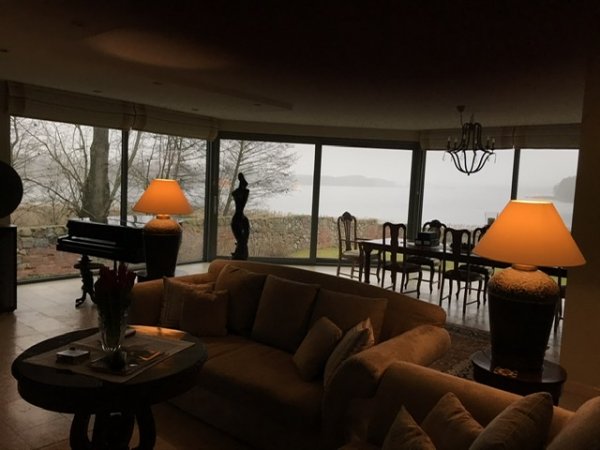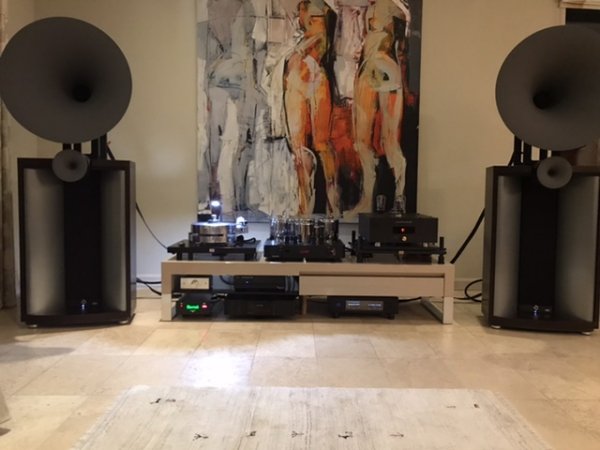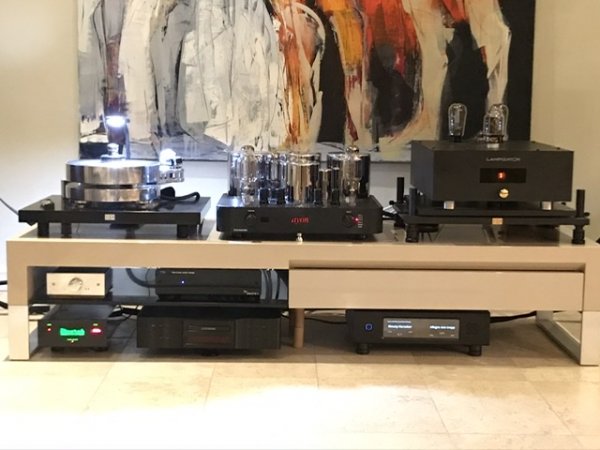I’ve now spent some considerable time with the PSvane Acme 274 Rectifier in comparison to the RK KR 5U5G. If you’re expecting a firm conclusion as to which one is best, I’m afraid you will be disappointed as that call is essentially impossible to make. Both are certainly excellent rectifiers, but they do render slightly different sonic soundscapes.
To begin, the 274 has an exquisite midrange. This is its key strength. The presentation is almost mesmerizing in terms of body and depth. On female vocals, one can get an appreciation that sound is coming from a full mouth and throat with real anatomic depth that is closer to life-like and thus makes the presentation more ‘in the room”. With male vocals, it makes it much easier to believe that sound is coming from the chest cavity that is typically 10-12 inches deep (depending on size and body weight of course). There’s real weight there with the 274 and visualization is a bit spooky. This sense of depth is not just apparent in vocals, but occurs with all instruments within the sound stage for naturally miked recordings. Stage width, depth and height are expanded realistically and the layering is refined. The caveat is that this does not occur from pppp to ffff, but rather, in a more limited range. It’s a good and perfectly adequate range, but the 274 tube seems to be a higher distortion instrument than the 5U4G, particularly at fortissimo levels.
Tonally, both tubes have excellent and true timbres but the tubes are also slightly different, particularly in the low bass, especially below 30 Hz, which is an area that the 5U4G excels. This does not mean the 274 is rolled off in any way. But they do sound different. I have the ability to adjust the frequency response nominally in my system. I run my Wilson S2 Alexandria’s full range, and augment the bottom with JL Gotham v2 subs run from separate preamp outputs. The performance of the Gothams can be tweaked modestly by its intrinsic adjustments which include volume, phase, crossover point (set at 26-28 Hz) and an ultra low frequency (sub 15Hz) attenuator. One might think that some fiddling of some of these tuning controls might be used to make the two tubes tonally nearly identical at the bottom end. One might be surprised to hear the difference that slight adjustments of 1dB or less makes for say, the ULF control in shaping the sound of the system. Yet much to my dismay, even with very fine adjustments of these EQ controls, I could not EQ the extreme low end of my system to sound the same tonally with the 274 and the 5U4G. The tubes are just qualitatively different in this region, and it is in this area that the 5U4G excels. The differences here are not just tone and color, but dynamic contrasts and microdynamic fluency. The dynamic differences extend not just in the extreme low bass but further up, well into the upper bass region as well. Simply put, the RK 5U4G is the bottom end king here. The solidity of the orchestra foundation is extraordinarily good and in a sense, the more compelling "you are there" tube for symphonic works. To be clear, the 274 is not just good, but very good in this regard. However, the 5U4G is better. The bass is more extended, sounds faster (hard to believe this has to do with the speed of conducted electrons, but more likely something else) and the dynamics are more life-like and akin to the real thing. The power and integrity this tube delivers to the sound of the full orchestra is irresistable.
One does not need big orchestral recordings to hear the differences between these tubes. In fact, it is often with simpler source material that the differences are most apparent such as the left hand of a grand piano. Try the last section of the first movement of Prokofiev’s Piano Sonata No 8 in B flat major performed by Yuja Wang on her fantastic Berlin Live Recital from 2018 on DGG. This is a wonderful, triumphant live recording (the entire album rocks) that captures the magnificent piano sound beautifully in Philharmonie Hall. Similarly, Niu Niu’s Decca 2018 recording of the Lizst Piano sonata in B minor (particularly the first movement from around 10:20 onward) is a jaw-dropping display of the piano’s left hand power and dynamics that the 5U4G renders with complete aplomb.
So the question of course, is which tube to use? If I had to generalize, I would say that if you’re into big, power music, the RK 5U4G is probably the way to go. If you prefer more chamber-like performances, you may prefer the ACME 274. For me, I recently put the RK 5U4G back in the GG2 after listening to the 274 until well after it was fully broken-in (150 hours or so). It has been said before by many that you never know what you are missing until its gone. That’s kind of my take away here. I love the 274. It’s attributes are plentiful. But in the end, for the type of music I mainly play, and the associated blah blah blah of the rest of my system, I’m not replacing the RK 5U4G anytime soon.
By the way, I would caution anyone that if you are swapping tubes, I don’t think you can get a truly meaningful comparison until your tubes, even if they are fully burned in, are in one’s system for 24 hours. Quick swaps followed by listening are just not fully informative, especially for deep bass. Even gold plated connections take time to fully anneal IMHO and the sonic differences are significant and may be absent if there is not enough time to let that happen.















